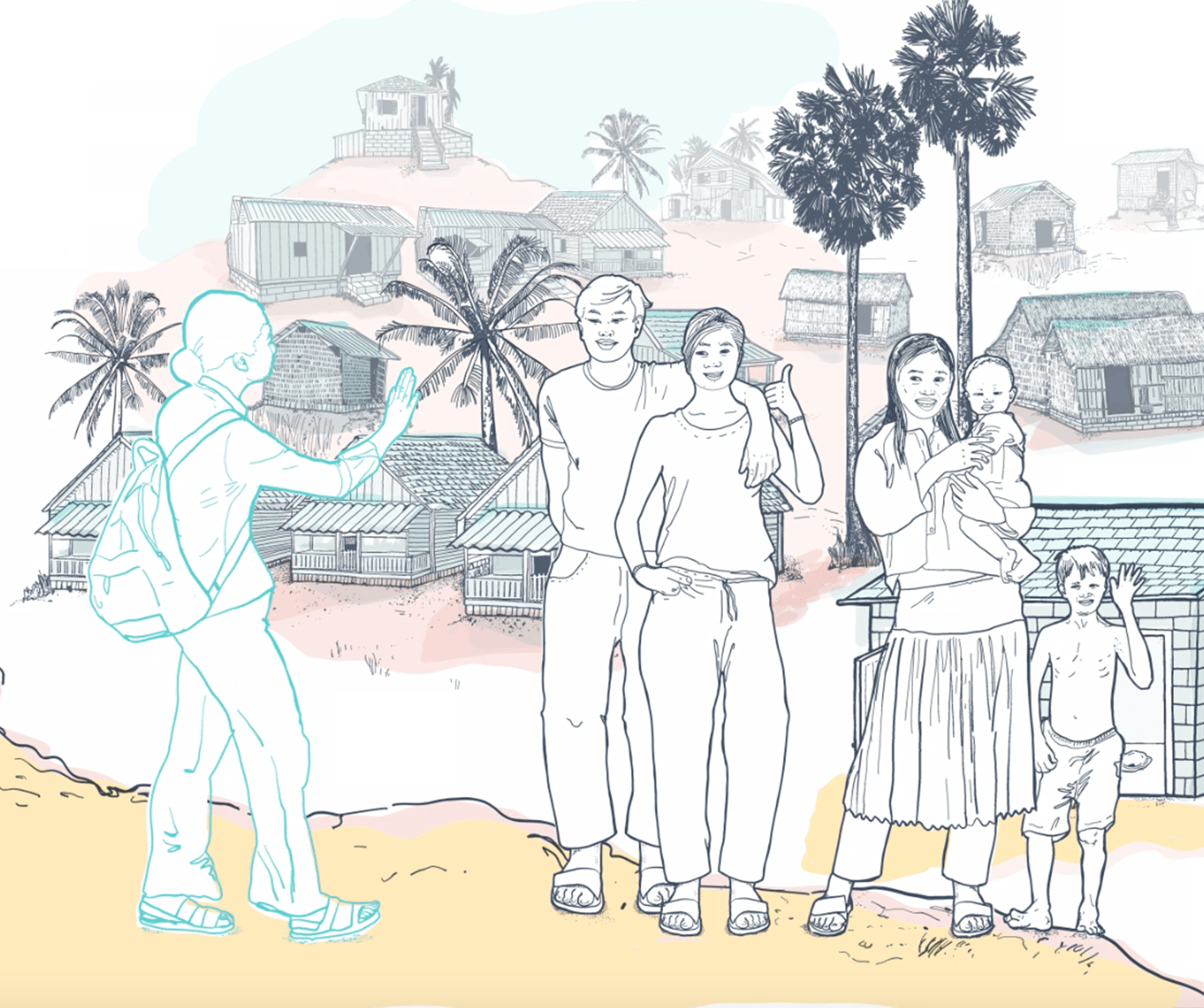Handwashing with soap can reduce diarrhoeal disease by up to 50% and respiratory disease by up to 25%, making this one of the most cost-effective interventions for reducing illness and preventable deaths among children in Malawi.
Handwashing is a vital part of good sanitation and hygiene (S&H). When community-led total sanitation (CLTS) and its aim of open defecation free (ODF) communities are fully understood and put into practice, it is clear that handwashing with soap is implicit in the approach.
Without addressing handwashing and other hygiene practices, communities can never become fully ODF, since CLTS aims to cut all faecal–oral contamination routes. However, in practice, the degree to which handwashing with soap is integrated into triggering and follow-up depends on the quality of facilitation.
This guide, developed in Malawi, addresses the need for specific tools that help to incorporate handwashing with soap into CLTS.







